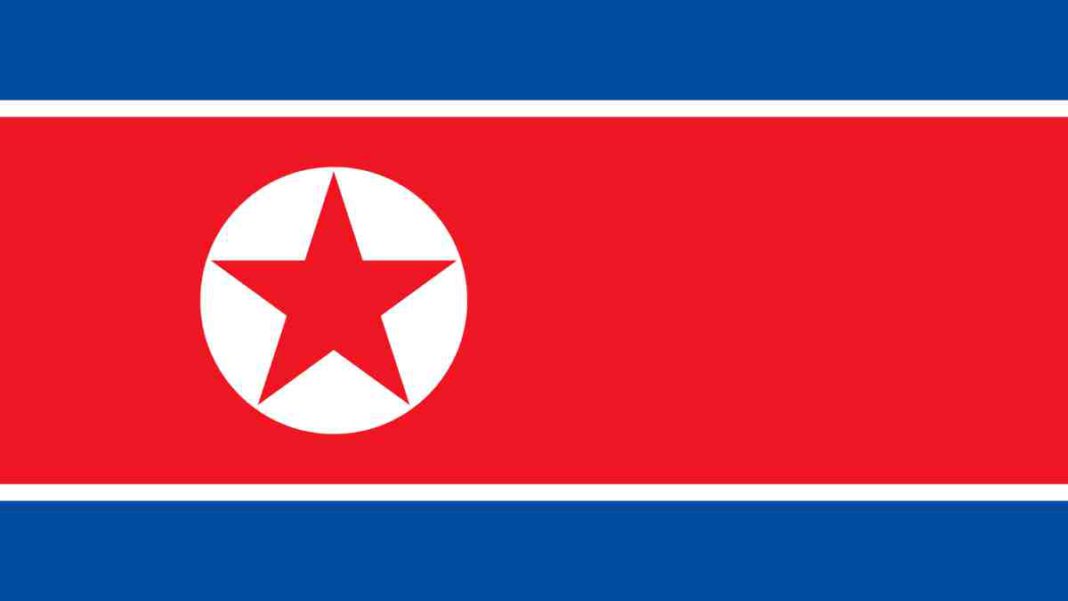NORTH KOREA: North Korea conducted a simulated “tactical nuclear attack” drill on Saturday, which involved the launch of two long-range cruise missiles, according to reports from state media. Leader Kim Jong Un also inspected munitions factories and shipbuilding during the same period.
The KCNA news agency reported that the drill took place on a Saturday morning to “warn enemies” that the nation remains prepared for any potential nuclear conflict. Pyongyang reiterated its commitment to strengthening military deterrence against Seoul and Washington.
During the drill, two cruise missiles, each carrying simulated nuclear warheads, were launched towards the West Sea of the Korean peninsula. These missiles covered a distance of 1,500 kilometers (930 miles) while maintaining a predetermined altitude of 150 meters.
In a separate statement, it was revealed that Kim visited the Pukjung Machine Complex, where marine engines are manufactured, and a significant munitions factory to emphasize the importance of bolstering Pyongyang’s naval capabilities.
The statement mentioned Kim’s plans for the future modernization of the complex and the development direction of the shipbuilding industry, to be discussed in a future plenary meeting of the Central Committee of the Worker’s Party of Korea (WPK).
The statement did not specify the date of Kim’s visit.
This missile launch comes shortly after the conclusion of the Ulchi Freedom Shield, the joint annual summertime exercises between the United States and South Korea. These exercises included air drills with B-1B bombers.
North Korea has been actively increasing its military deterrent against Seoul and Washington, expressing dissatisfaction with the agreement reached at their summit
last month to enhance military cooperation.
A KCNA statement on August 21 had previously mentioned Kim’s observation of a navy fleet test on the east coast and emphasized the fleet’s capability to maintain striking power for combat scenarios.
Also Read: North Korea’s Latest Spy Satellite Launch Experiences Failure as Rocket Crashes into Sea



